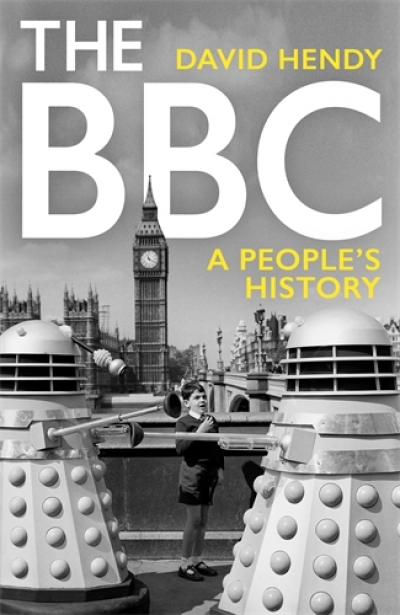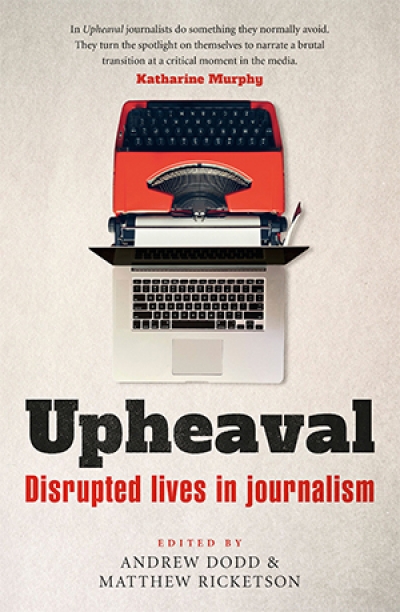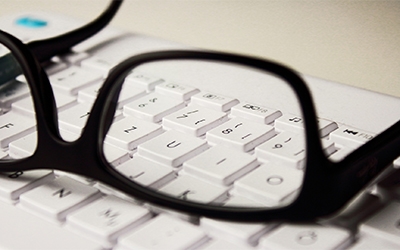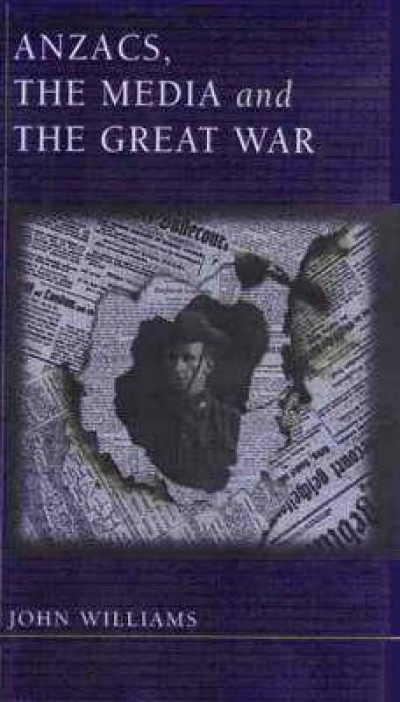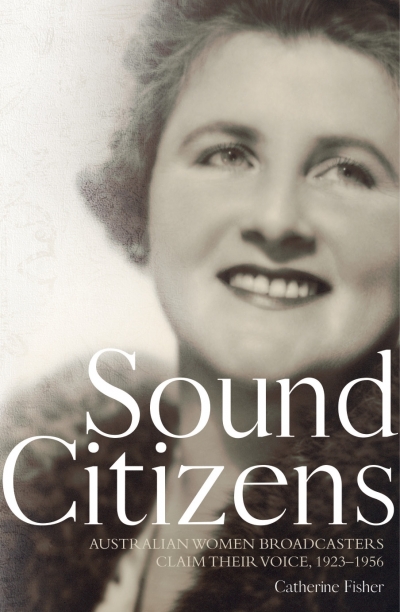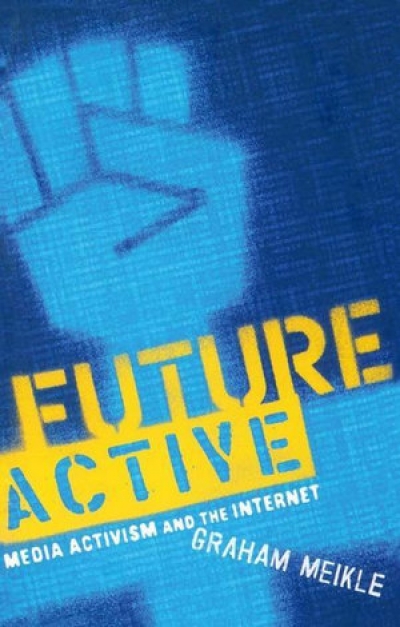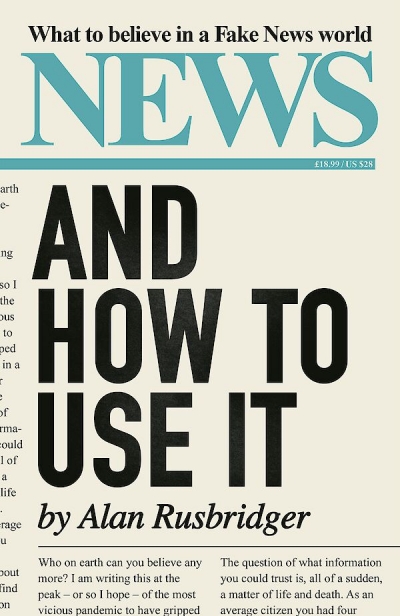Media
Facts and Other Lies: Welcome to the disinformation age by Ed Coper
by David Ferrell •
Everything and Less: The novel in the age of Amazon by Mark McGurl
by James Ley •
The Power of Podcasting: Telling stories through sound by Siobhán McHugh
by Astrid Edwards •
Upheaval: Disrupted lives in journalism edited by Andrew Dodd and Matthew Ricketson
by Gemma Nisbet •
In early September, the High Court of Australia handed down its decision in Fairfax Media Publications v Voller. The case attracted significant public attention in Australia due to the high profile of the plaintiff. It also attracted not only national but international attention, due to the nature of the central issue: are media outlets liable for the comments posted on their public Facebook pages by third parties?
... (read more)Sound Citizens: Australian women broadcasters claim their voice, 1923-1956 by Catherine Fisher
by Yves Rees •
Future Active: Media activism and the internet by Graham Meikle
by Susan Hawthorne •
News and How to Use It: What to believe in a fake news world by Alan Rusbridger
by Johanna Leggatt •

